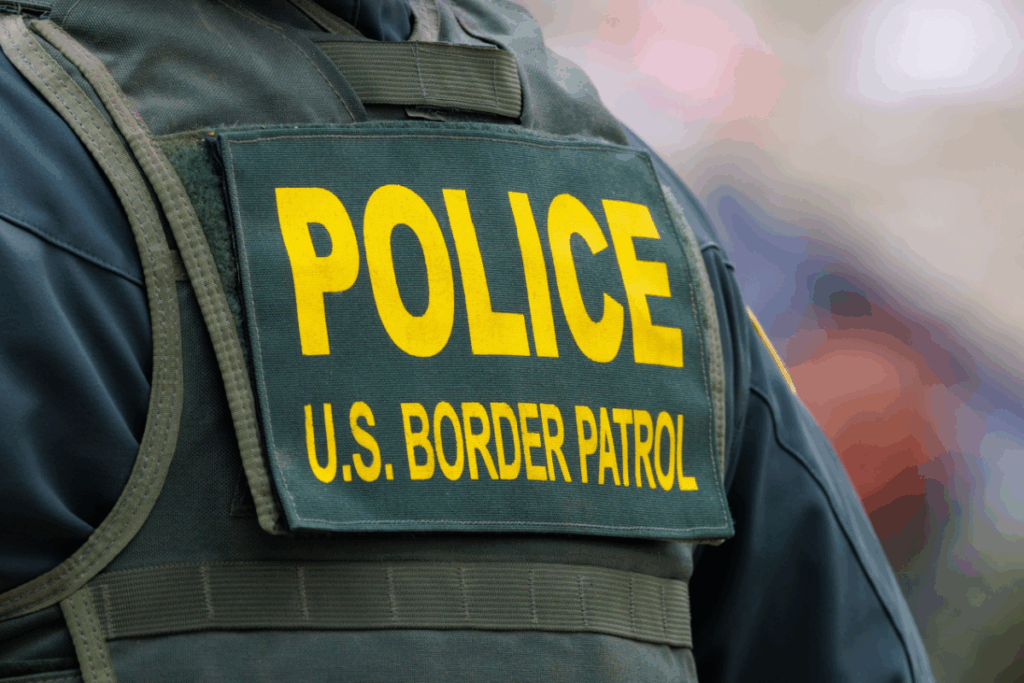Federal Preparations Intensify
Internal federal planning shows that large numbers of Border Patrol agents are set to be deployed to Charlotte and New Orleans as part of the administration’s expanding nationwide immigration enforcement campaign. These preparations, now circulating within the Department of Homeland Security, outline operations that could involve armored vehicles, specialized teams, and a significant presence in both metropolitan areas.
An operations center is already being organized for Charlotte, where federal personnel are expected to arrive shortly. Local officials have confirmed early communication from federal agencies preparing for the deployment. New Orleans is set to follow, with internal documents outlining the possible arrival of hundreds of agents. Equipment requests include armored vehicles and tactical units, signaling the scale of the effort.
These moves underscore the administration’s growing dependence on Border Patrol personnel to conduct interior enforcement, even in regions far removed from the U.S.-Mexico border. They also reflect a broader strategy of shifting federal manpower from traditional border sectors to major population centers.
Expansion of Interior Enforcement
While Immigration and Customs Enforcement is the agency traditionally responsible for immigration enforcement away from the border, recent policy direction has placed Border Patrol agents at the forefront of high-visibility operations in multiple cities. Previous deployments in Chicago and Los Angeles have followed this model, with federal teams conducting broad sweeps in areas where they believe undocumented immigrants may be present.
These activities have differed significantly from ICE’s typical approach, which centers on intelligence-driven operations targeting individuals with prior criminal records or specific immigration violations. By contrast, Border Patrol teams have been conducting more extensive “roving” operations at locations such as parking lots and work sites, drawing attention from local communities.
The actions in earlier cities have generated controversy, including protests and legal pushback. Federal agents leading those efforts are expected to participate in the upcoming deployments to Charlotte and New Orleans. Officials familiar with the plans say these new missions will mirror the strategy used in previous cities, with large-scale visibility and mobility central to the approach.
Community Concern and Federal Silence
Local leaders in areas expecting deployments have expressed concern about the impact of these operations. They cite previous confrontations between federal agents and residents in other cities, where demonstrations erupted over fears of aggressive enforcement tactics. In some instances, federal actions prompted judicial oversight limiting how force could be applied during crowd encounters.
Federal immigration authorities have declined to comment on specific operational details, maintaining a longstanding policy of not previewing enforcement actions. They emphasize that immigration laws are enforced across the country on a daily basis and that all federal agents operate under the same statutory authority.
Critics argue that the expanded use of Border Patrol, rather than ICE, marks a shift in the nature of interior enforcement. Supporters of the effort counter that a visible federal presence is necessary to maintain order and uphold immigration statutes.
What Lies Ahead
The coming deployments to Charlotte and New Orleans signal a continuation of the nationwide strategy that began well before these two cities were identified. As illegal border crossings have declined sharply, resources have increasingly been redirected toward enforcement within major urban areas. This trend suggests that the federal government may continue broad, mobile operations rather than relying solely on targeted investigative actions.
How local communities respond to the new presence remains an open question. The heightened visibility of federal agents in non-border regions has already reshaped the national conversation about immigration enforcement. With more operations expected, these two cities may soon become the latest focal points of a rapidly evolving federal campaign.


